History and numbers of the bridges of Venice
When people think about Venice, bridges are some of the first things that come to mind.
That’s why a short and fun article about bridges in Venice is a must, don’t you think?
All the numbers about the bridges in Venice, Italy
There are exactly 391 bridges in Venice, 403 if we include the Giudecca, crossing 177 canals.
These 391 bridges in Venice connect to each other the 117-118 islands the city was built on.
Want more tips, tools and stories from Venice, Italy?
We're on a mission to make it easy and fun to discover and support the authentic Venice. Try our email and see for yourself!
Bridges in Venice didn't always have the shape you see today. Wonder why?
In the beginning, bridges in Venice were flat and made of wood. That made them easy to cross, especially for horses pulling carriages. Yes, many centuries ago there were horses and carriages in Venice!
It was only around the XVI century, that bridges in Venice started being built with an arch. The majority of them were made of stone.
While flat bridges were a better option for horses and carriages, arched bridges allowed the ever-growing number of boats to easily pass underneath them.
Since maritime commerce was financially far more important in Venice than horses and carriages, the arched design prevailed over flat bridges.
Related: How to create and run the longest-lived form of Government ever: the case of the Republic of Venice
When were the first bridge in Venice built?
The first stone bridge in Venice was built many centuries after the first wooden bridges were erected in the Rialto area in the early 800.
In fact, according to the book Philipicus, the first stone bridge was built on the 10th of June 1337, next to San Barnaba square.
Today, the oldest standing bridge in Venice is said to be the private wooden bridge connecting the Rialto Fish Marker, “Pescaria”, to the “Poste Vecie” restaurant.
If you’re curious about the history of arch bridges, feel free to check out this Wikipedia article
Bridges in Venice have funny names
Just like streets and canals, also Venetian bridges have names.
However, some of these names are very strange.
Here are the most bizarre ones:
Tits Bridge:
The “Ponte delle Tette”, literally “Bridge of the Tits” offered indeed the view that the name suggests.
During the XV century, the number of prostitutes in Venice was so high that it had become a social issue, for they were offering their services everywhere in the city at any time.
The Serenissima decided, therefore, to move them to a specific area in Venice where the Republic had inherited houses from the wealthy Rampani family.
From the windows of these houses facing an alley, a canal, and the said bridge, the prostitutes were allowed to expose their bodies to passing people.
Because of this reason, the bridge and the canal names were officially changed into Ponte e Rio delle Tette.
Fists Bridge:
There are two “Ponte dei Pugni” literally “Bridge of the Fists” in Venice and they still can be recognized by marble footprints on the 4 corners on top of them. What is their origin though?
At the end of the XVI century, and for over 100 years, from September to December, two factions in Venice would choose a date and meet to have fights on top of a bridge; the groups, each with up to 300 fighters, would gather on opposite sides while the music played and the crowds of spectators gathered to assist to the show.
First, the respective champions would step on the bridge, position themselves on the corners and start fighting; soon after the beginning of the fights, more and more contenders would join in and take part in it.
These fights could last many hours, therefore at night, the police were sent to put an end to the show.
During those fights, people used sticks and other tools for fighting, and on some occasions, even knives.
In order to stop such violence, in 1705, the Serenissima passed a law for which whoever was caught fighting had to serve 5 years on a warship or 7 years in prison.
Barefoot Bridge:
The name “Ponte degli Scalzi” literally means the Bridge of those who walk barefoot.
It was built in the 1850s, and it is one of the only 4 bridges in Venice that cross the Grand Canal.
This bridge creates a link between the districts of Santa Croce and Cannaregio.
Its initial design was an iron structure inspired by the Accademia bridge, which later got replaced by a stone bridge in the 1930s due to its overly ‘modern’ look.
Devil's Bridge:
Located in Torcello, the Ponte del Diavolo, or Devil’s Bridge, is one of the only two bridges in Venice characterized by the absence of parapets.
Torcello’s Ponte del Diavolo is said to have materialized in a single night. Moreover, its central arch is supported by a massive rock believed to have been hurled into the canal by the devil himself.
Firstly built in the 15th century, the Ponte del Diavolo underwent reconstruction after World War I.
Some people own a bridge in Venice
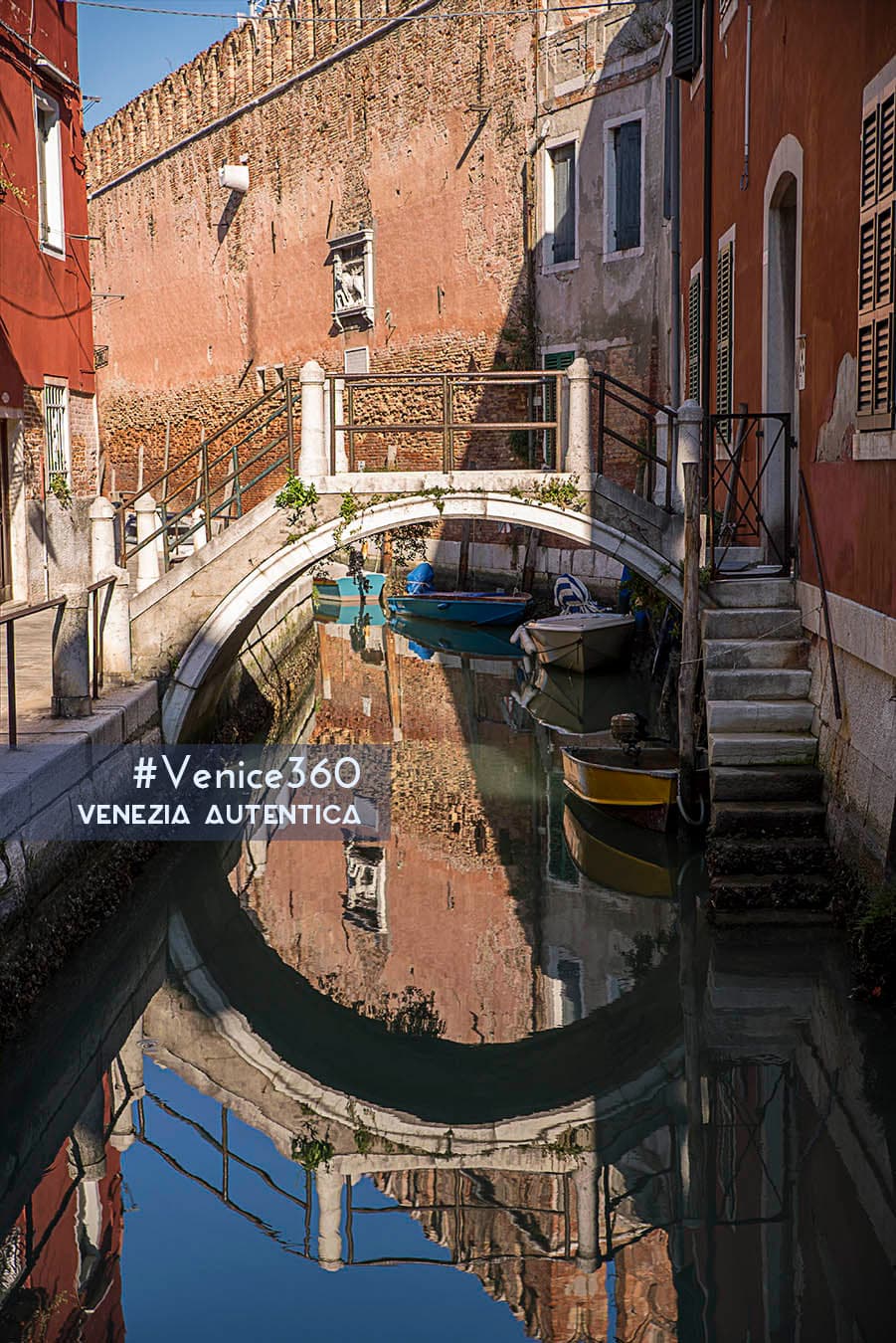
Some people in Venice own a bridge!
Indeed, there are a total of 72 private bridges in Venice.
Those are 72 fortunate people, aren’t they?
Otherworldly Bridges in Venice
The maritime Republic of Venice held a dominant position in the Mediterranean for a long time, thanks to its advanced fleet and state-of-the-art Arsenal. The Arsenal was meticulously organized, functioning like a modern factory, with highly skilled workers performing assembly tasks akin to an efficient production line.
The Venice Arsenal was so groundbreaking for the time that Dante Alighieri, the most famous Italian poet of all time, wrote about it in his legendary work, the Divine Comedy.
After Dante’s death, the people of Venice, in gratitude for the immortal verses dedicated to their Arsenal, named three residences after the canticles of the Divine Comedy.
These homes were assigned to three Provveditori or Patrons of the Arsenal: “la caxa del Paradiso” (the House of Paradise), “la caxa del Purgatorio” (the House of Purgatory), and “la caxa de l’Inferno” (the House of Hell). Today, the Houses of Hell and Purgatory still stand and can be reached via private bridges.
The Bridge of Hell:
Purgatory Bridge
If you liked this article and want to find out more information and tips to plan your visit to Venice, make sure to check out the following resources:
I'm visiting Venice. Why should I follow your recommendations?
The way you visit Venice has an impact both on the quality of your experience and on Venice itself. Chilling, exploring, shopping, eating and drinking where the locals do, can make a huge impact both on the memories you bring home and on the local economy and community.
Home >> Venice and Venetians >> Venice Explained >> You’re Here
Facts, Curiosities, History of Venice, Italy
More about life in Venice, Italy

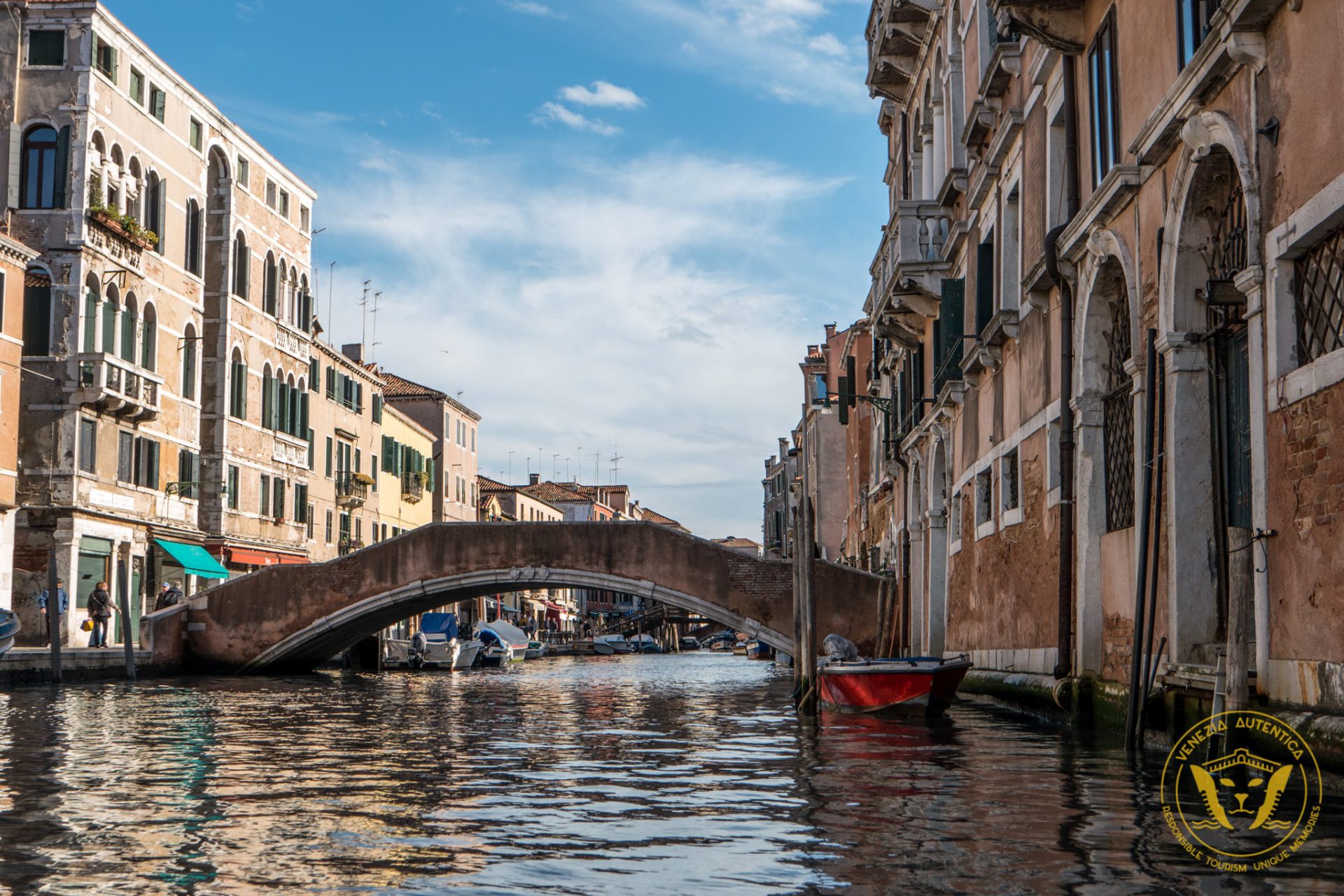
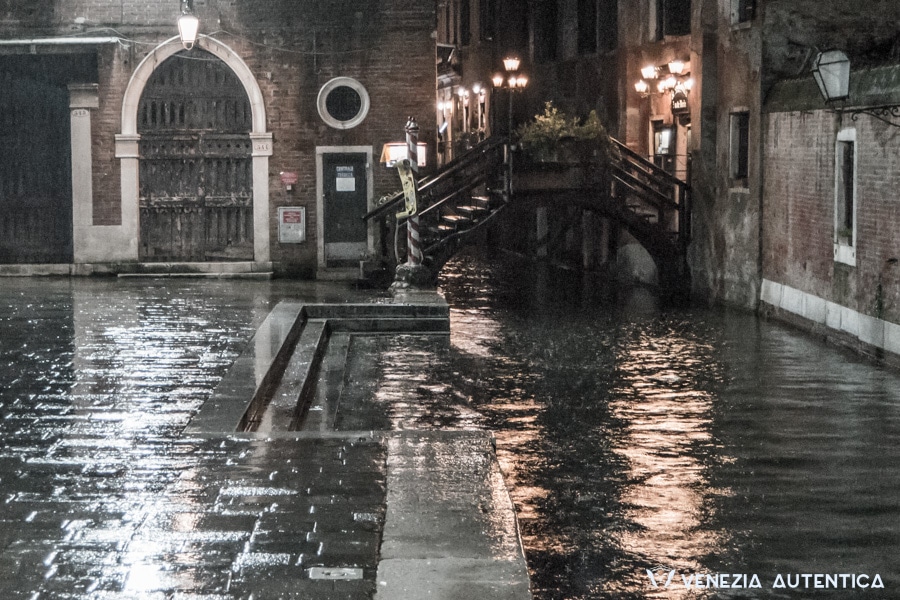
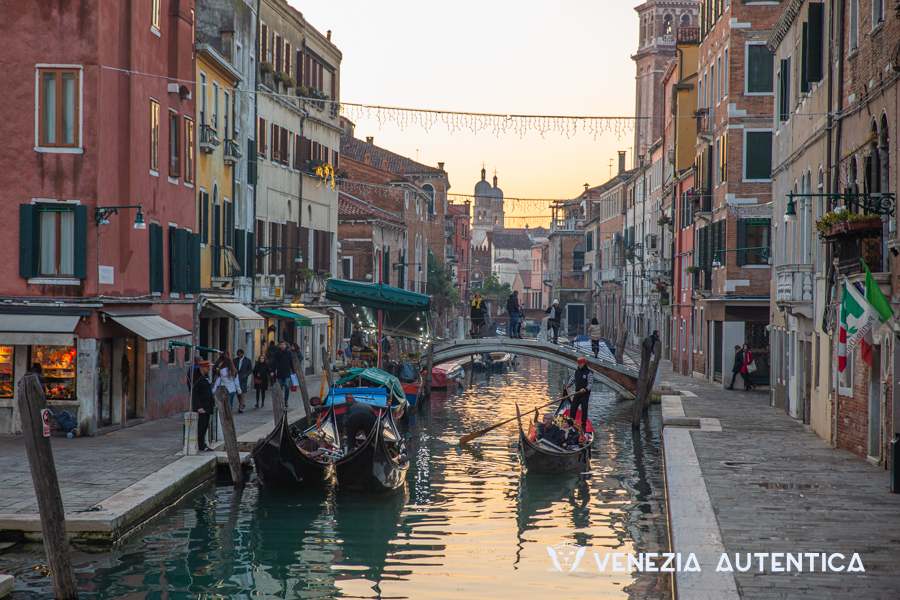

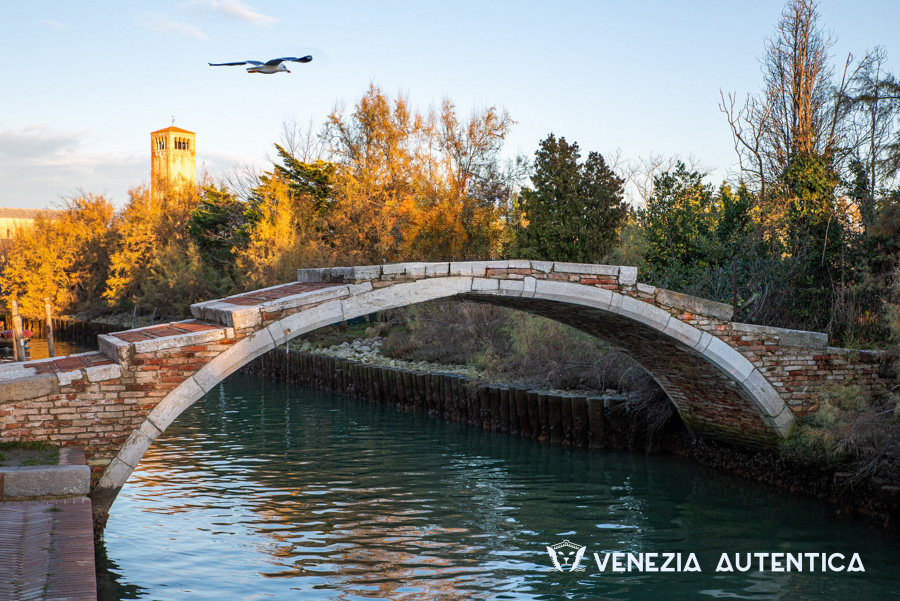
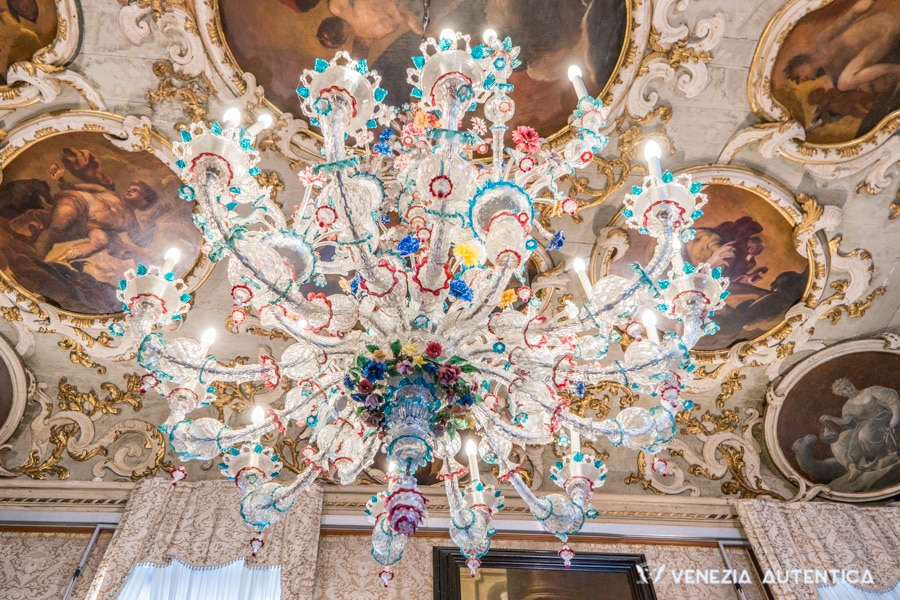
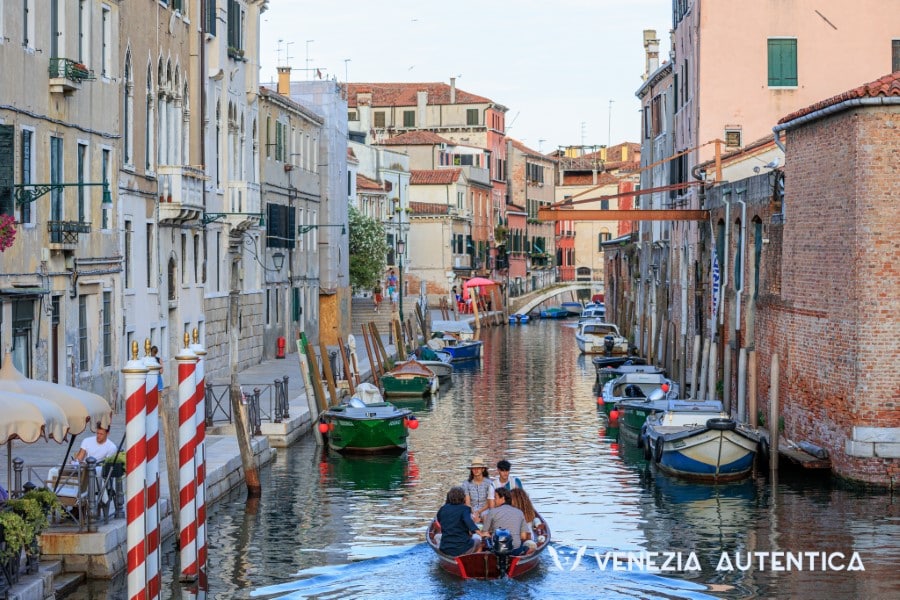

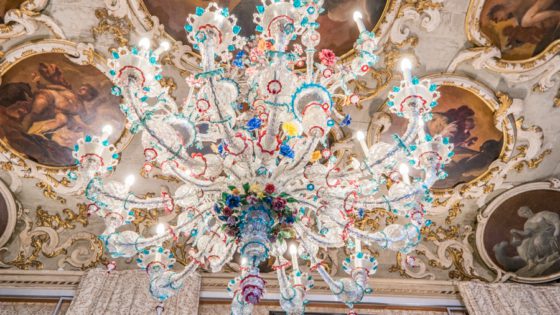
![Everything about the amazing Grand Canal in Venice, Italy [ARTICLE + 360° VIDEO] - Venezia Autentica | Discover and Support the Authentic Venice Grand Canal in Venice](https://veneziaautentica.com/wp-content/uploads/2016/10/Grand-Canal-Venice-560x315.jpg)
![Saint Mark's in Venice: introduction to its amazing Landmarks [Article + 360° VIDEO] - Venezia Autentica | Discover and Support the Authentic Venice Area Marciana, or Saint Mark's Area, in Venice, Italy](https://veneziaautentica.com/wp-content/uploads/2016/11/SAM1911-560x315.jpg)